Note
Go to the end to download the full example code.
Use FrameBuffers#
Minimal example demonstrating the use of frame buffer objects (FBO). This example blurs the output image.

from vispy import gloo
from vispy import app
import numpy as np
# Create vertices
vPosition = np.array([[-0.8, -0.8, 0.0], [+0.7, -0.7, 0.0],
[-0.7, +0.7, 0.0], [+0.8, +0.8, 0.0, ]], np.float32)
vPosition_full = np.array([[-1.0, -1.0, 0.0], [+1.0, -1.0, 0.0],
[-1.0, +1.0, 0.0], [+1.0, +1.0, 0.0, ]], np.float32)
vTexcoord = np.array([[0.0, 0.0], [0.0, 1.0],
[1.0, 0.0], [1.0, 1.0]], np.float32)
# For initial quad
VERT_SHADER1 = """
attribute vec3 a_position;
void main (void) {
gl_Position = vec4(a_position, 1.0);
}
"""
FRAG_SHADER1 = """
uniform vec4 u_color;
void main()
{
gl_FragColor = u_color;
}
"""
# To render the result of the FBO
VERT_SHADER2 = """
attribute vec3 a_position;
attribute vec2 a_texcoord;
varying vec2 v_texcoord;
void main (void) {
// Pass tex coords
v_texcoord = a_texcoord;
// Calculate position
gl_Position = vec4(a_position.x, a_position.y, a_position.z, 1.0);
}
"""
FRAG_SHADER2 = """
uniform sampler2D u_texture1;
varying vec2 v_texcoord;
const float c_zero = 0.0;
const int c_sze = 5;
void main()
{
float scalefactor = 1.0 / float(c_sze * c_sze * 4 + 1);
gl_FragColor = vec4(c_zero, c_zero, c_zero, 1.0);
for (int y=-c_sze; y<=c_sze; y++) {
for (int x=-c_sze; x<=c_sze; x++) {
vec2 step = vec2(x,y) * 0.01;
vec3 color = texture2D(u_texture1, v_texcoord.st+step).rgb;
gl_FragColor.rgb += color * scalefactor;
}
}
}
"""
SIZE = 50
class Canvas(app.Canvas):
def __init__(self):
app.Canvas.__init__(self, keys='interactive', size=(560, 420))
# Create texture to render to
shape = self.physical_size[1], self.physical_size[0]
self._rendertex = gloo.Texture2D((shape + (3,)))
# Create FBO, attach the color buffer and depth buffer
self._fbo = gloo.FrameBuffer(self._rendertex, gloo.RenderBuffer(shape))
# Create program to render a shape
self._program1 = gloo.Program(VERT_SHADER1, FRAG_SHADER1)
self._program1['u_color'] = 0.9, 1.0, 0.4, 1
self._program1['a_position'] = gloo.VertexBuffer(vPosition)
# Create program to render FBO result
self._program2 = gloo.Program(VERT_SHADER2, FRAG_SHADER2)
self._program2['a_position'] = gloo.VertexBuffer(vPosition)
self._program2['a_texcoord'] = gloo.VertexBuffer(vTexcoord)
self._program2['u_texture1'] = self._rendertex
self.show()
def on_resize(self, event):
width, height = event.physical_size
gloo.set_viewport(0, 0, width, height)
def on_draw(self, event):
# Draw the same scene as as in hello_quad.py, but draw it to the FBO
with self._fbo:
gloo.set_clear_color((0.0, 0.0, 0.5, 1))
gloo.clear(color=True, depth=True)
gloo.set_viewport(0, 0, *self.physical_size)
self._program1.draw('triangle_strip')
# Now draw result to a full-screen quad
# Init
gloo.set_clear_color('white')
gloo.clear(color=True, depth=True)
self._program2.draw('triangle_strip')
if __name__ == '__main__':
canvas = Canvas()
app.run()
Total running time of the script: (0 minutes 0.445 seconds)
